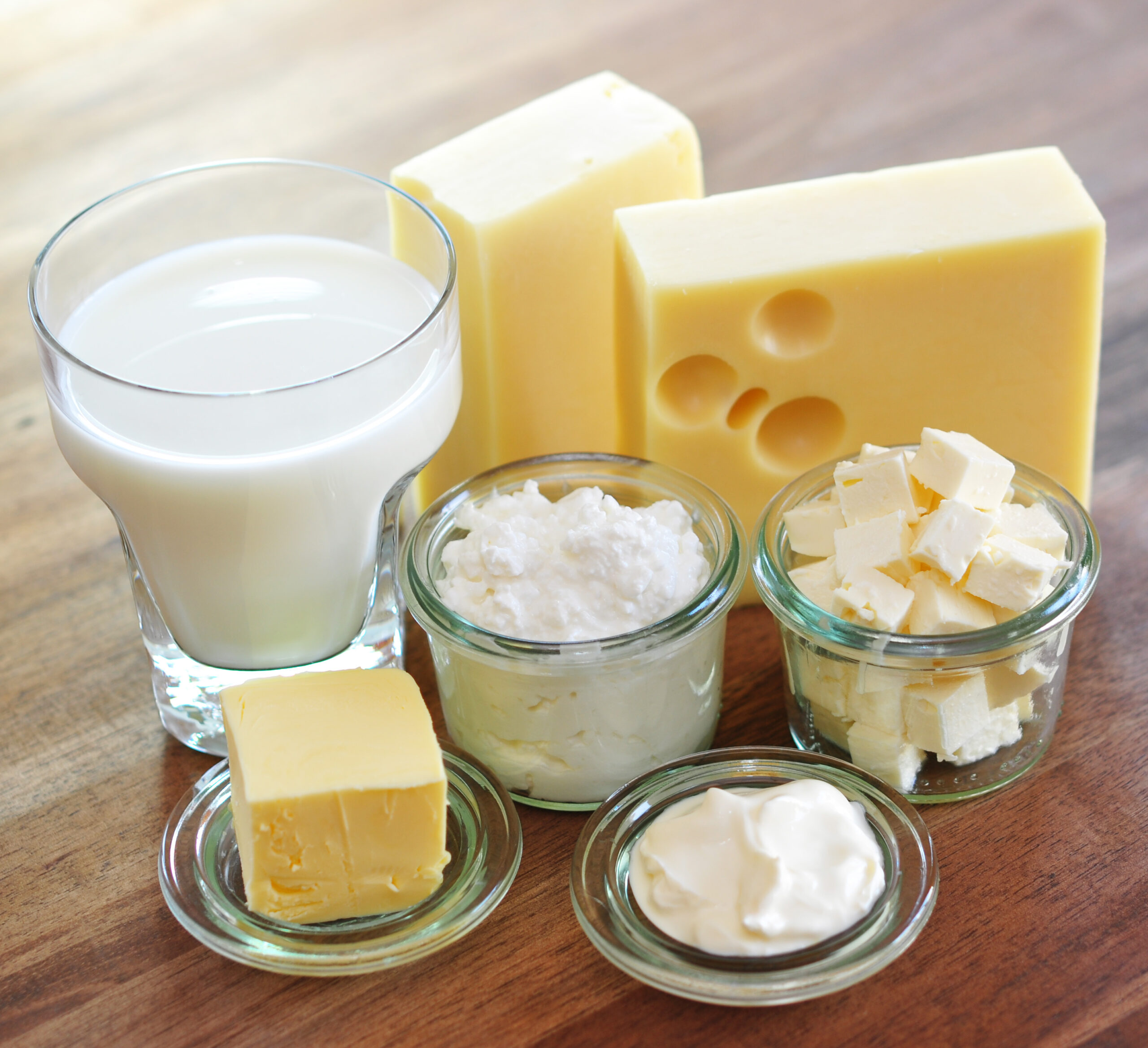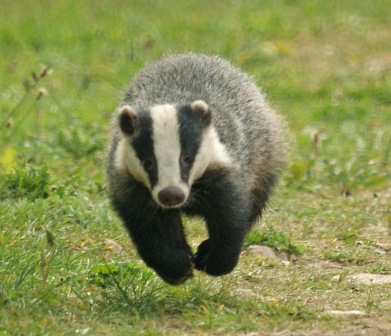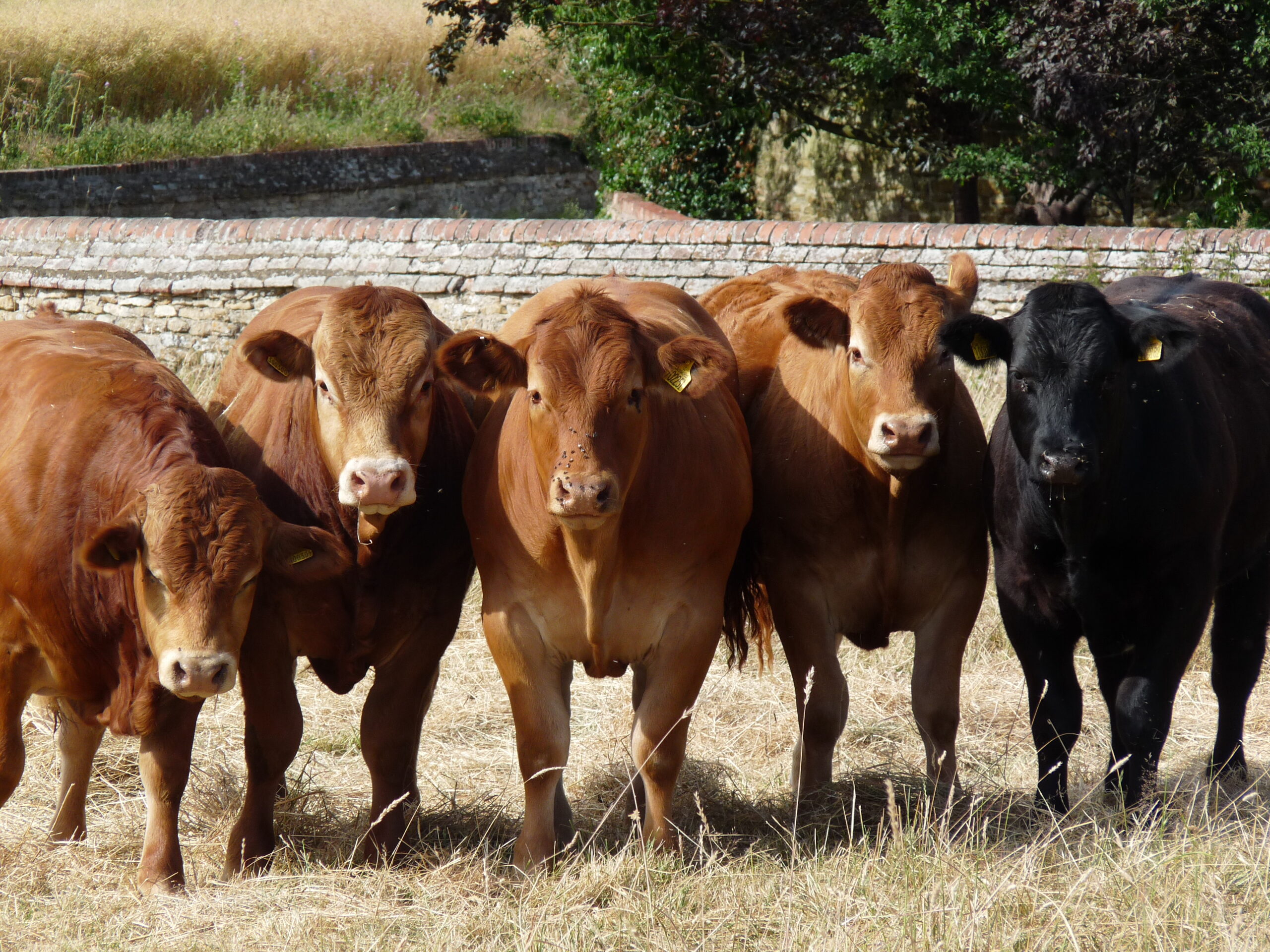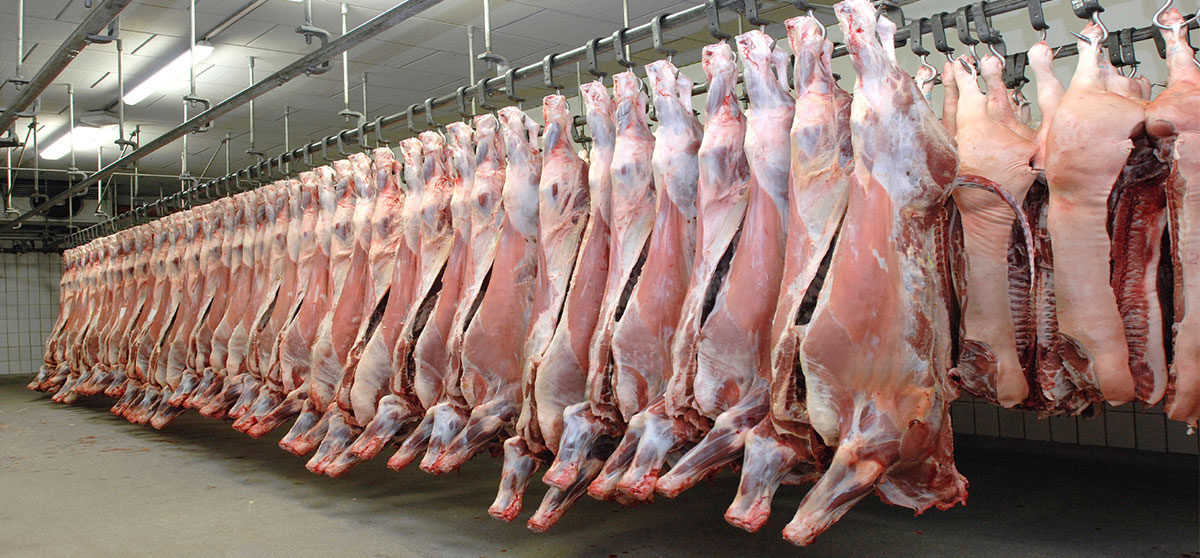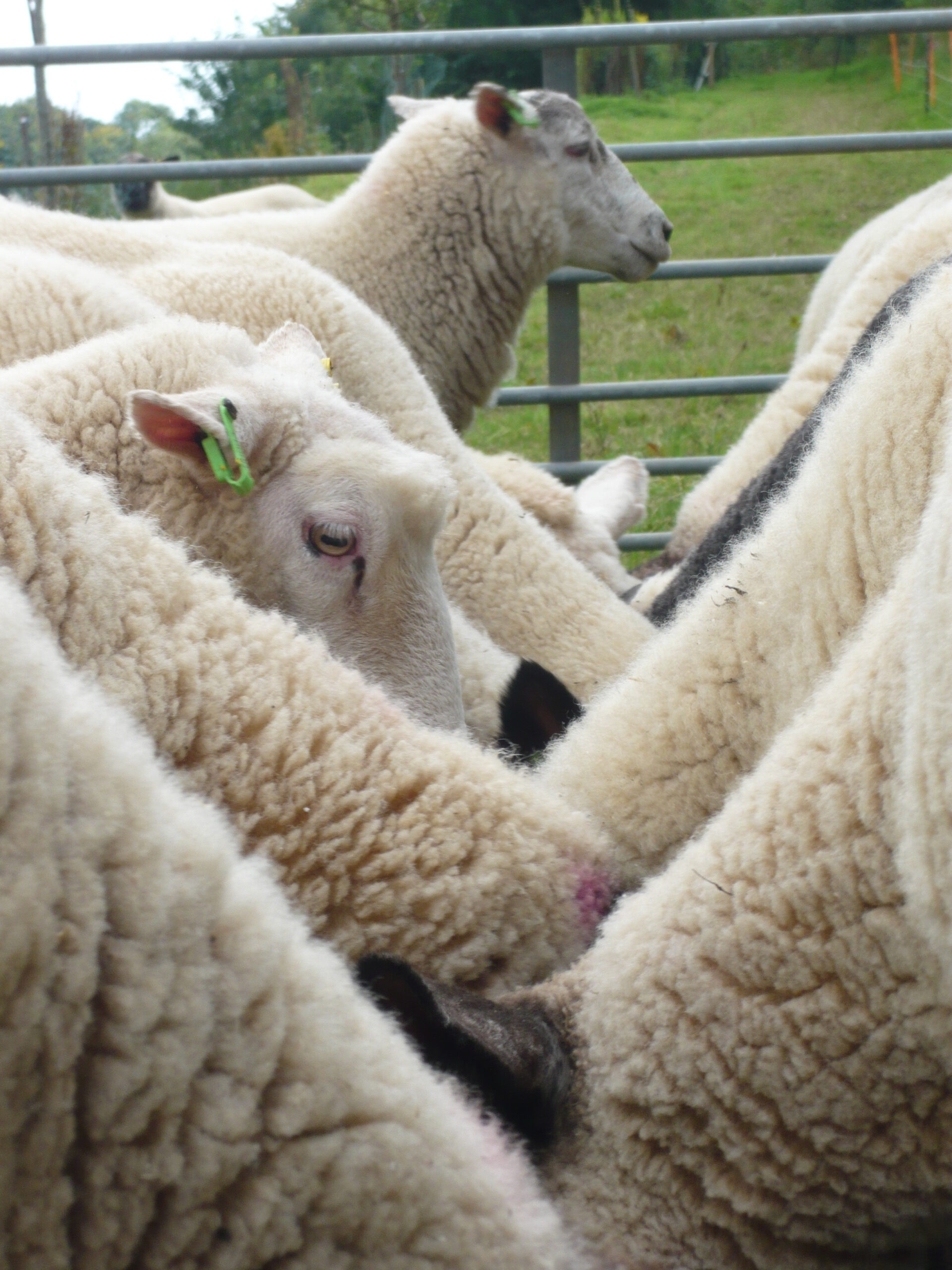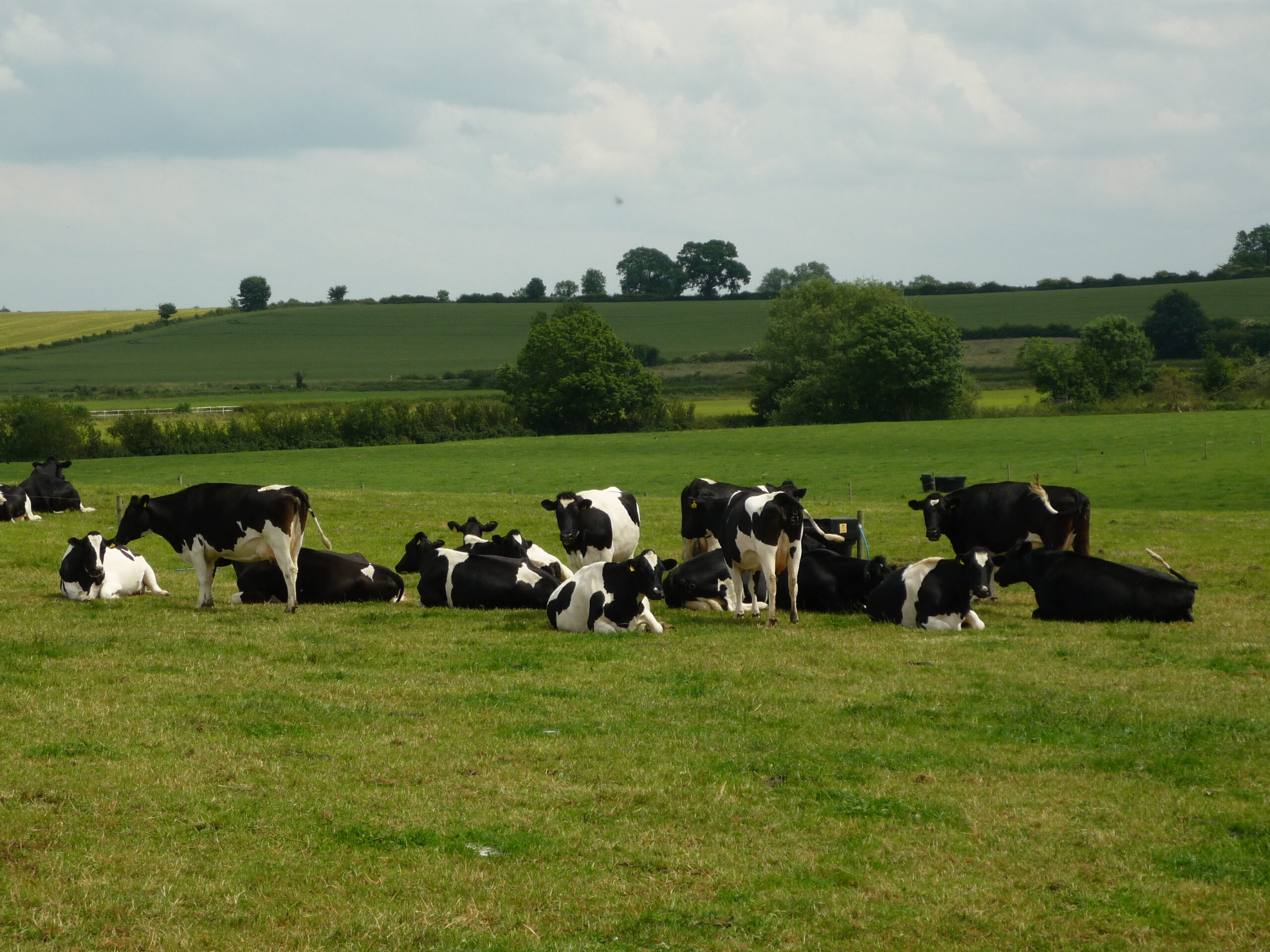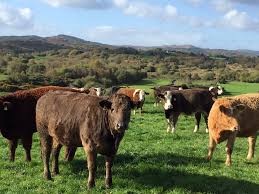The effects of African Swine Fever (ASF) are devastating the Chinese pig industry and, with China being the largest producer and consumer of pig meat, the impact is likely to be felt world wide. There is not expected to be enough pork in the world to cover China’s decline in production. Rabobank is predicting an ‘unprecedented’ shift in global protein supply to China to cover the shortfall. A decline in soybean demand is also expected to felt by feed markets.
Outbreaks of ASF have occurred across Europe and Asia since 2016. The disease, which is not harmful to humans, spreads very easily between pigs and also via ticks and contaminated feed. Cheap animal feed in China often contains pig meat and the virus can survive for a long time. The disease was first reported in China in August 2018, but many believe it had been spreading unreported for many months prior to this. Even recently, it appears farmers are more likely to sell their animals at the first signs of ASF rather than report, for fear of not receiving any compensation from cash-strapped local governments.
In April, the Chinese Government said that just over 1 million pigs had been culled from a total herd of nearly 500 million pigs; a very low number. By contrast, Rabobank is estimating that more than 150 million pigs will have either been culled or died due to ASF and that China will lose about a third of its pigs. To put this into context this is about the same amount of pigs in the US and Europe combined.
In China, the pork price has already risen, although this has probably been curtailed somewhat in short term by the release of frozen products onto the market and also producers culling additional animals for fear of getting the disease and losing their herds. Pork producers in the US and Europe are already starting to increase their exports to China, it needs to be remembered though, US exports are subject to a 62% tariff because of the trade fight with China. But imports of pork will not be enough to cover the shortfall and consumers are likely to shift to other meat, this could ultimately see higher protein prices globally.
UK pig prices (the Standard Pig Price – SPP) has risen sharply during May. It now stands just below 145ppkg – over 5ppkg higher than at the start of the month. As well as being pulled up by rising EU prices (helped by Chinese demand), UK values are also being helped by the reduction in ‘stockpiles’ of pigmeat built up in the UK in advance of the original Brexit day of 29th March. Whilst prices are still below the levels seen at this time last year, it seems likely that the momentum of markets will soon see prices moving ahead of 2018 levels.
